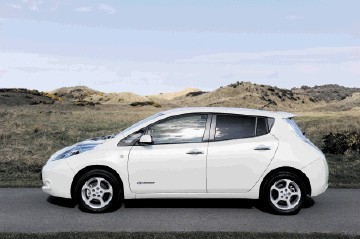
Electric car sales will soar once motorists overcome their misconceptions about the running costs, according to a new study.
More than half a million electric vehicles (EVs) will be in use by 2020 based on current buying intentions, research by the AA found.
The motoring organisation published a report which claimed this figure could rise significantly if concerns over the purchase price of EVs, availability of public charging points and the mileage that can be covered on a single charge are overcome.
Sales of new ultra-low emissions vehicles doubled over the past year and 63,000 drivers have taken advantage of plug-in car grants since they were introduced in 2011.
Motorists buying new vehicles with a zero emission range of over 70 miles are eligible for up to £4,500 while those purchasing cars with a shorter range – such as plug-in hybrids with a petrol or diesel engine – can receive £2,500.
AA president Edmund King said: “We think that the EV revolution is about to take off and we want to help consumers understand the benefits of low cost, low emission driving and to show them it is accessible and affordable.
“Per mile driven an EV is five times cheaper than the average petrol car and carries no vehicle excise duty.
“Modern electric vehicle designs and performance are comparable to conventional internal combustion-powered vehicles. Concerns and regulations about diesel emissions may also prove to be a tipping point.”
The AA report stated that many plug-in hybrids are sold at “a very similar price” to the diesel equivalent, while it can cost as little as two pence per mile to power an EV.
It noted that within two years the vehicles are expected to have a range of around 200 miles on a single charge, making them a good option for a household’s second car.
Hundreds of charging points are to be installed at hotels rated by the AA in partnership with manufacturer Chargemaster.
Government advisers, the Committee on Climate Change, warned last year that 9% of new car sales should be electric vehicles by 2020 for the UK to meet its legal obligation to cut greenhouse gas emissions by 80% by 2050, compared to 1990 levels.
Recommended for you
